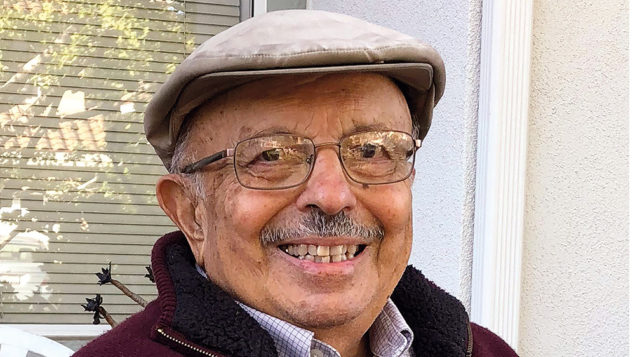
Gaurang Yodh, a passionate particle and cosmic-ray physicist and musician, passed away on 3 June at age 90. He was born in Ahmedabad in India. After graduating from the University of Bombay in 1948, he was recruited by the University of Chicago to join the group of Enrico Fermi and Herb Anderson. After Fermi’s death in 1954, he finished his PhD with Anderson in 1955, after which he moved to Stanford where he worked with Wolfgang Panofsky.
He and his wife returned to Bombay (Mumbai) in 1956, where he started accelerator physics programmes at the Tata Institute of Fundamental Research, but he was lured back to the US and took a physics faculty job at the Carnegie Institute of Technology (later Carnegie Mellon University). In 1961 he joined the physics and astronomy department at the University of Maryland and stayed there until 1988, when he moved to the University of California at Irvine, where he finished his career.
Gaurang’s PhD research work at Chicago with Anderson and Fermi studied the interactions of pions with protons and neutrons. With Panofsky he studied electron–nucleon scattering. He continued this work until the late 1960s when his interests shifted from accelerators to cosmic rays. In 1972, with Yash Pal and James Trefil, he showed that the proton–proton cross section increased with energy – a finding later confirmed at CERN.
Prominent work followed with the development of transition radiation detectors for particle identification. His 1975 paper “Practical theory of the multilayered transition radiation detector” is still a standard reference in high-energy and cosmic-ray physics. In the 1980s, Gaurang’s interests shifted again, in this case to study high-energy gamma rays from space. His ideas led to the development of ground-based water Cherenkov telescopes for the study of gamma rays and searches for sources of cosmic rays. In the 1990s and 2000s, Gaurang and collaborators pursued these detection techniques, and their high-altitude offspring, in two major collaborations – MILAGRO and HAWC – and at UC Irvine Gaurang was a contributor to the IceCube collaboration. He was also a strong advocate for the ARIANNA project, which is developing radio techniques to look for astrophysical neutrinos. Throughout his career, Gaurang mentored many PhD students and post-docs who went on to successful careers.
Gaurang was a renowned sitar player who gave concerts at universities and physics conferences, and in 1956 recorded one of the very first albums of Indian music in the US: Music of India (volumes 1 & 2). He was a gentle and caring man with an infectious optimism and a joy for life. His friends enjoyed his good humour, charm and enthusiasm. He is survived by his three children, eight grandchildren and his sister.





